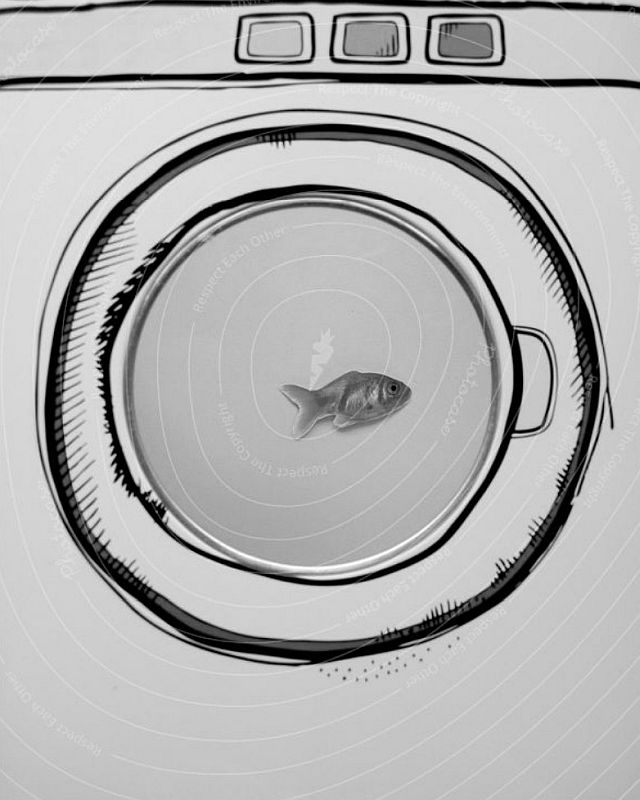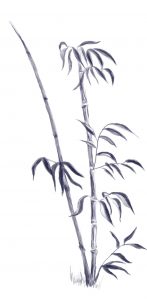By Pat Brady, DivvyBack Managing Partner
We all know that nothing in life is perfect, except maybe Manny’s Reuben sandwich with chicken noodle soup. Outside of that, and particularly in the area of laundry detergent, there just isn’t anything that I can describe as perfect.
Why Is That?
Well, first, let’s define what a perfect laundry detergent would look like. It would clean off anything a person is likely to get all over their clothes – like sauce-squeezed out of that Rueben sandwich that lands on your new white shirt. It would do this with a high efficiency formula since there are intelligent washing machines out there that require laundry soaps to rinse with very little water. And it would only contain quickly biodegradable ingredients and no nasty “tag along” chemicals produced in the manufacturing process. Use it, rinse it and it disappears.
It turns out it isn’t yet possible to only use biodegradable ingredients. I know the Industry’s promise since 1935 has been “better living through chemistry”, and while life is better, it still isn’t that much better. If you are a fish it’s not much better at all.
Here’s The Problem
Most of us know there are certain chemicals like sulfates, that are best kept out of our lakes and rivers. That is particularly true (and possible) when we use products like toothpaste and shampoo daily. But the job of cleaning our teeth isn’t as difficult as cleaning Manny’s corned beef juice and Russian dressing out of that white shirt.
Your laundry detergent has a little more difficult problem in removing the protein, oils and tomato juice from that white shirt.
The “Better Living Through Chemistry” manufacturers use a low cost chemical called Sodium Laurel Sulfate to make cleaners work better and to dissolve oils and fats. But it’s bad for people with sensitive skin, and for species that live in our waterways. There are a number of alternatives to the Sodium Laurel Sulfate trouble maker. In chemistry this is called “substitute molecule roulette” (I just made that up but it’s true). Here’s a short list:
5Sodium Lauryl Sarcosinate
8Sodium Cocoyl Glycinate
7Sodium Cocoyl Glutamate
6Sodium Lauryl Methyl Isethionate
1Sodium Lauroyl Taurate
9Sodium Lauroamphoacetate
Decyl Glycoside
Lauryl Glucoside
Coco Glucosides
PEG 40 Glyceryl Cocoate
Potassium Laureth Phosphate
Turns out to be not so short a list. The laundry industry has determined from long and tedious hours of testing that none of these are as good at cleaning, as easy to make, or as inexpensive as Sodium Laurel Sulfate (SLS), so back it comes.
Natural Is Better For Fish! 
Since we are deep into the SLS saga and you are clearly still reading, there are multiple ways to make it: a petroleum based process and a plant based process. Guess which one is better? Yup, plants. It turns out that it is difficult to get all the petroleum impurity chemicals out of the process and one of the nasties, 1,4-dioxane, comes along for the ride. By nasty, I mean carcinogenic. In the spectrum of stuff you don’t want to be dumping into our waterways this near the top of the list.
Alright, for people even plant based SLS isn’t the worst thing in the world, but it’s still not so great for fish. If we are going to use SLS, then let’s at least make sure to choose a product that holds the 1,4-dioxane.
Vote For Cleaner Water
Nothing is perfect, but one way we keep the wheels of environmental progress going is by voting with our wallets. If we purchase Earth-friendly products, corporations get the message. They put their chemists to work on finding better chemical solutions for the environment and everything gets a little closer to… perfect.



